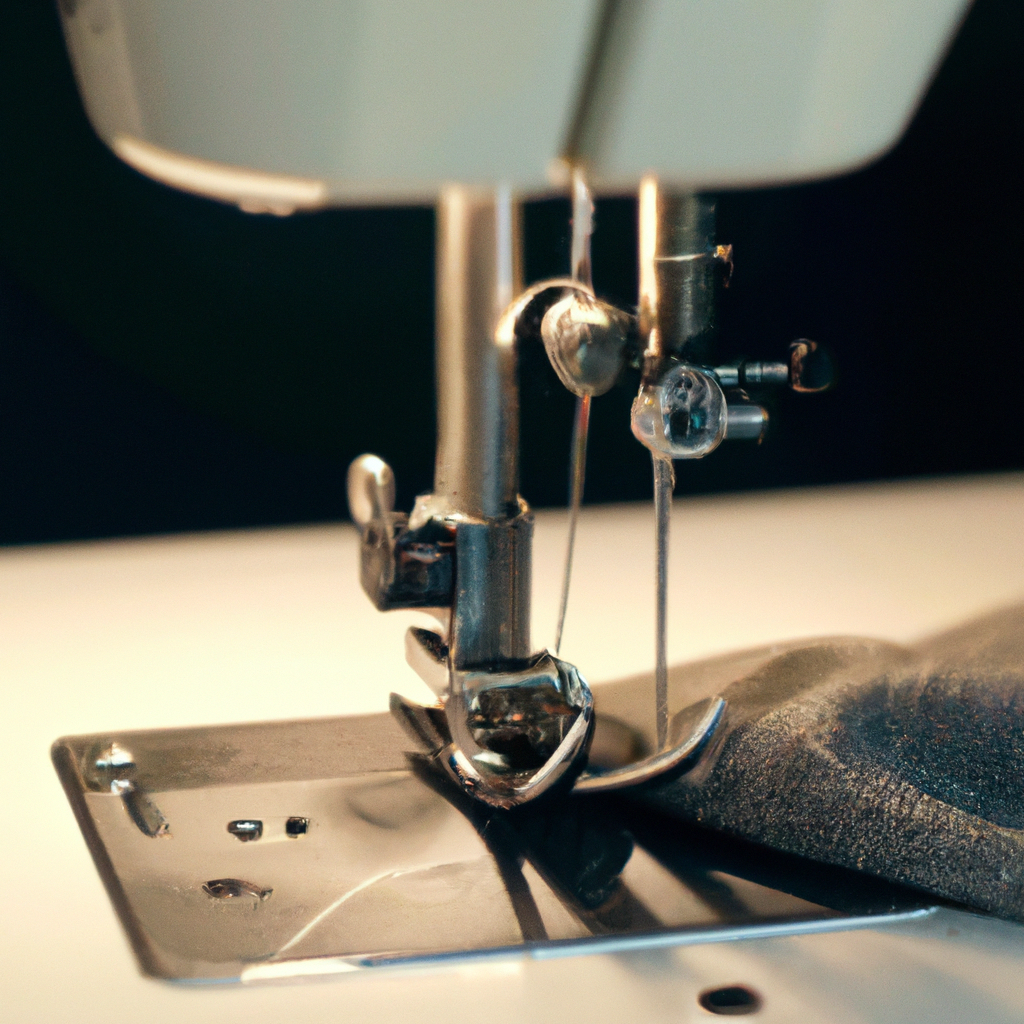Sewing is a skill that has evolved over centuries, and the invention of the sewing machine has made it easier and faster to stitch fabric. A sewing machine is an essential tool for anyone interested in sewing. It makes the process of sewing faster, more accurate, and much more efficient. In this article, we will answer the question, “How does a sewing machine stitch fabric?” by exploring the various components of a sewing machine and the steps involved in the stitching process.
Components of a Sewing Machine
A sewing machine is made up of several components that work together to stitch fabric. The main components of a sewing machine include:
1. Needle: The needle is a slender, pointed tool that pierces the fabric.
2. Thread: The thread is a thin, flexible strand that is used to stitch the fabric.
3. Bobbin: The bobbin is a small spool that holds the thread and is located under the sewing machine’s needle.
4. Feed dogs: The feed dogs are metal teeth that move the fabric through the machine as it is being stitched.
5. Tension disks: The tension disks are small metal disks that control the tension of the thread as it passes through the machine.
Steps Involved in the Stitching Process
Now that we know the components of a sewing machine let’s explore how they work together to stitch fabric. The stitching process involves the following steps:
1. Threading the machine: Before you can start stitching, you need to thread the machine. This involves winding the thread onto the bobbin and threading it through the machine’s various components, including the needle, tension disks, and feed dogs.
2. Setting the fabric: Once the machine is threaded, you need to set the fabric on the sewing machine. This involves placing the fabric under the needle and aligning it with the feed dogs.
3. Lowering the presser foot: The presser foot is a metal plate that presses the fabric against the feed dogs, ensuring that it moves smoothly through the machine. Lowering the presser foot is the next step in the stitching process.
4. Starting the machine: Once the fabric is in place, and the presser foot is lowered, you can start the machine. As you begin to sew, the needle moves up and down, piercing the fabric, and creating a loop of thread.
5. Bobbin and thread tension: As the needle moves up and down, the thread passes through the tension disks, which control its tension. The bobbin thread, which is located underneath the fabric, is pulled up by the needle, creating a stitch.
6. Stitching techniques: The type of stitch used depends on the sewing technique you are using. For example, if you are sewing a straight seam, you will use a straight stitch. If you are sewing a zigzag seam, you will use a zigzag stitch.
7. Finishing the seam: Once you have finished sewing, you need to finish the seam. This involves cutting the thread and removing the fabric from the machine. You can then trim any excess fabric and press the seam to ensure it lies flat.
Sewing Basics and Tips
Sewing is a skill that requires practice, patience, and attention to detail. Here are some sewing basics and tips that can help you improve your sewing skills:
1. Always use the right needle for the fabric you are sewing. Using the wrong needle can cause the fabric to pucker or tear.
2. Make sure the thread tension is correct. Incorrect thread tension can cause the stitches to be too loose or too tight.
3. Practice good sewing techniques, such as backstitching at the beginning and end of a seam to secure the stitches.
4. Take breaks often to avoid eye and muscle strain.
5. Keep your sewing machine clean and well-maintained to ensure it works properly.
Conclusion
A sewing machine is an essential tool for anyone interested in sewing. With its various components, a sewing machine can efficiently stitch fabric, making the process faster and more accurate. By understanding the components of a sewing machine and the steps involved in the stitching process, you can improve your sewing skills and create beautiful sewing projects. Remember to practice good sewing techniques, use the right needle and thread, and keep your machine clean to ensure it works correctly.







